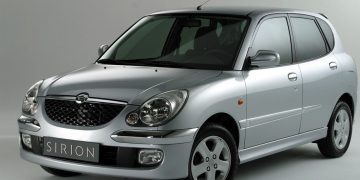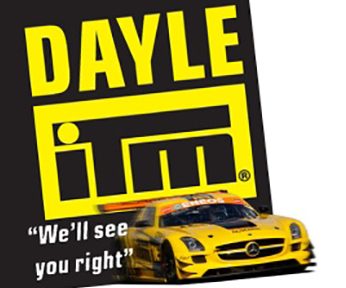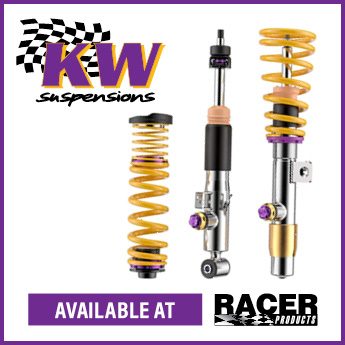Tim Hart identified a problem with New Zealand’s club circuit racing scene.
There are cheap race series for weekend warriors to enter and thrash their garage project round the track. But if they want to win, they’d better be prepared to fork out lots of cash for upgrades and engine tuning.
Hart wanted a series where, in ten years, a new racer could enter with a new car and realise the bar has not been set so high by the veterans they stand a chance of winning without opening their wallet further.
And so, we have this: Daihatsu Challenge New Zealand.
In less than a month, the series’ very first test car will be out on track for some control part evaluations.
Then, the country’s newest race class hopes to be on the grid for its first official championship round before the year’s end.
The initial plan is to join the back of the Production Race Series, with the end goal being to have their own grid.
“Auckland Car Club and Production Race Series have been very accommodating in allowing us to run a sub-class in their series while we get started,” Hart said.
“Whether we have three or thirty cars, we’ll be having fun.
“The important thing is we create a race class that’s accessible for everyone.”
Daihatsu’s aren’t exactly the flashiest race cars you’ll ever see. But they are one of the cheapest.
A quick scroll through TradeMe and you’ll be hard-pressed not to find an affordable Daihatsu with very few running problems.
Daihatsu Challenge regulations are written around the engine model, not the chassis.
“We’ll be publishing regulations once we’ve finished testing control parts and are happy with their performance and cost.”
Engine models used are the Daihatsu K3 and 3SZ. Both have an identical power output of a fraction over 100 hp.
Minimum race weight is set to be under 900kg, including the driver.
Eligible chassis are those which either of these engines bolts into without fabricating new engine mounts.
This presents six models to race, including the popular Mira and Sirion and even the insanely cool, two-door Copen convertible.
All parts required to make the cars race-ready will be supplied. Hart hopes to keep costs under $15,000 to take a factory road car and make it race-ready, including the purchase cost of the vehicle – “a stomachable number”, he says.
Brake pads and suspension will be control items and there is a control tyre.
“We’ve done this not only to ensure the cars in the class are even in performance but also to offer the best possible prices on the ‘essential’ items to go racing.”
But why Daihatsu?
Hart’s family has been involved in the brand since the 1970s.
His father, Murray, was the managing director of Daihatsu New Zealand of nearly 30 years.
Murray raced a Charade G11 Turbo and then GTti in the Production Saloon class in the ’80s and ’90s until Toyota took over the Daihatsu brand in New Zealand.
In the early 2000s, Hart went into business with his father as New Zealand distributors of Daihatsu Industrial Engines.
He later took his knowledge to the tertiary level studying Mechanical Engineering and, some 20-plus years on, races the very same GTti his father piloted in the 90s.
It’s safe to say the Daihatsu brand is in the blood.
“The last piece of the puzzle for this series to really make sense was to secure an agreement to become distributors for Daihatsu parts in New Zealand,” Hart said.
“This was completed late 2021, so we can now say the series is ‘officially supported by Daihatsu,” Hart said.
“We can offer parts and technical support that would normally only be experienced in a top-tier race series, but at a grass-roots club level.
“A Daihatsu race series has been something we’ve talked about for years.
“When Covid hit, and everyone had to stop work and stay home, we had more time to knuckle down and really plan out the series.
“We’ve been ruthless with the regulations and really scrutinised the dream.”
He said he did consider making the class more open but quickly realised he was dreaming up another modified production class.
“That wouldn’t resolve anything about having a cheap class.”
We’re kind of glad it didn’t. Who hasn’t dreamt watching a grid of 30-plus Diahatsus going tooth and nail around Kiwi race tracks?
Now, that dream is only a few steps away from reality.
















